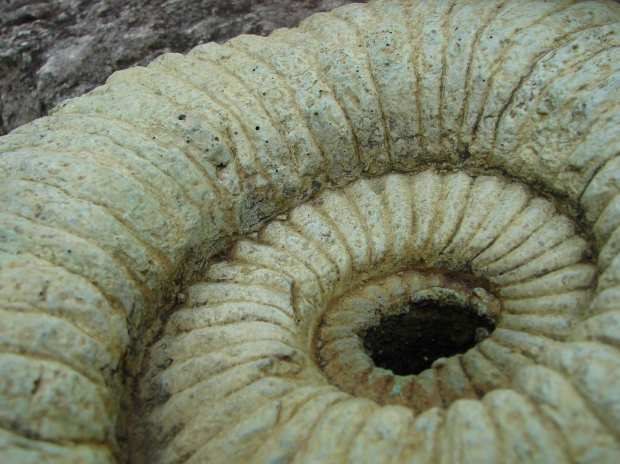 Loading... Please wait...
Loading... Please wait...Save Money. Grow Your Own!
Fast Plain Box Shipping.
We ship to the US & Canada.
Grow Your Own!
How to Work the Periodic Table of Elements for Hydroponics
Posted on 24th Feb 2016
Most of us don't spend that much time with the periodic table of elements -- we see it in high school textbooks, and sometimes we see science geeks wearing it on T-shirts. Beyond that, we don't really give it a second thought. But knowing a little bit more about this scientific construct can be helpful in getting into the chemistry of supporting hydroponic plants.

Here are some steps to developing a better understanding of what's relevant in hydroponics within the periodic table.
Look at the Chemical Makeup of Air and Water
The chemical makeup of water is easy -- H2O. Or in other words hydrogen dioxide. You have hydrogen and oxygen together. Similarly, the chemical makeup of air involves the elements of oxygen and carbon. Specifically, plants take in oxygen and give off carbon dioxide. So you want to use this type of basic chemistry when you're designing plant environments.
Look at Alkali Metals
In the list of alkali metals at the far left of the table, there's only one that's really relevant. Potassium, element 19, is one of the basic parts of a traditional nutrient mix. It helps lead to stronger plant growth. By contrast, sodium and lithium are not generally relevant to hydroponics, (you may want to limit both in water) and neither are the higher-numbered alkali metals.
Look at Alkali Earth Metals
Two of these elements, magnesium at number 12 and calcium at number 20, are critical for hydroponic growth. These types of minerals also support healthy plant stems and structures, and help with cell building.
Look at Semi-Metals and Non-Metals
In fact, only a few of the lower-numbered nonmetal elements are critical for hydroponics. Besides carbon and oxygen, nitrogen is a key nutrient element. Phosphorus, at number 15, is another. Sulfur at number 16 can be relevant to some types of hydroponic projects. By contrast, chlorine at number 17 is something that growers will often filter out of water because it a contaminant and doesn't help.
Stop in the Fourth Line
Above the fourth line of the table, you get into a very different kind of science. You have elements like palladium and silver, and heavy metals elements like cadmium and mercury. You have either strong and potentially toxic elements that can damage plant health and human health, or you have extremely unstable radioactive elements which don’t stick around innature. None of this is helpful or relevant to hydroponics. With hydroponics, you keep it simple, giving plants the kinds of simple minerals and elements they would get in natural soils. And natural soils should not be contaminated with these heavier and more toxic elements such as lead and mercury. Whether or not gold, element number 79, has applications to hydroponics is a matter of debate between various types of growers who might have their own kind of causal scientific ideas.
For more on hydroponics, check out Dealzer’s web page.
